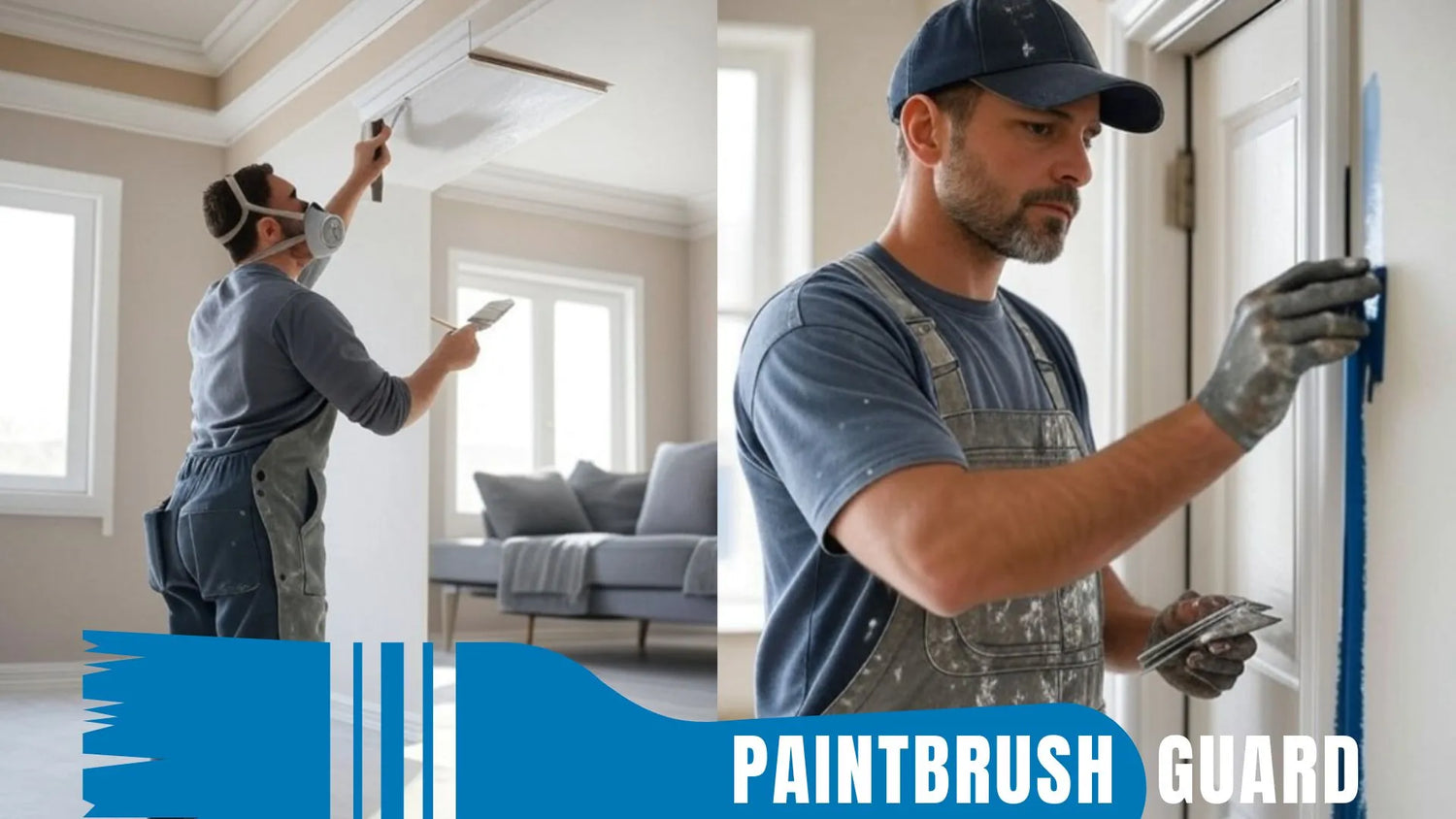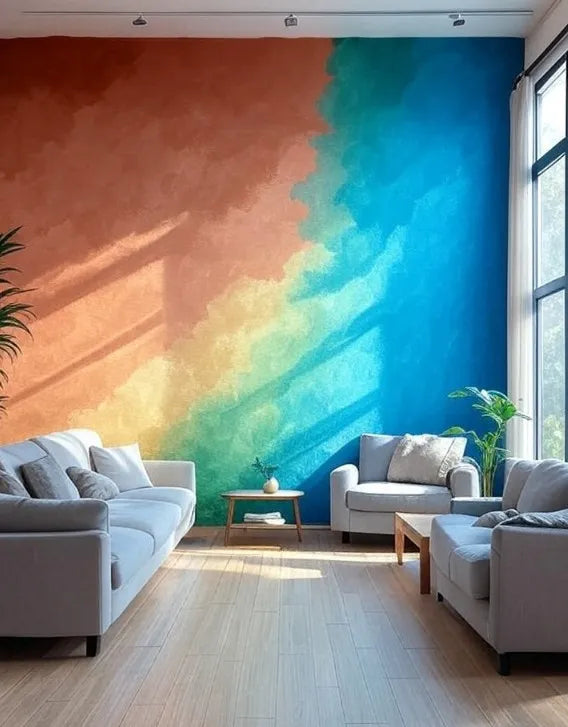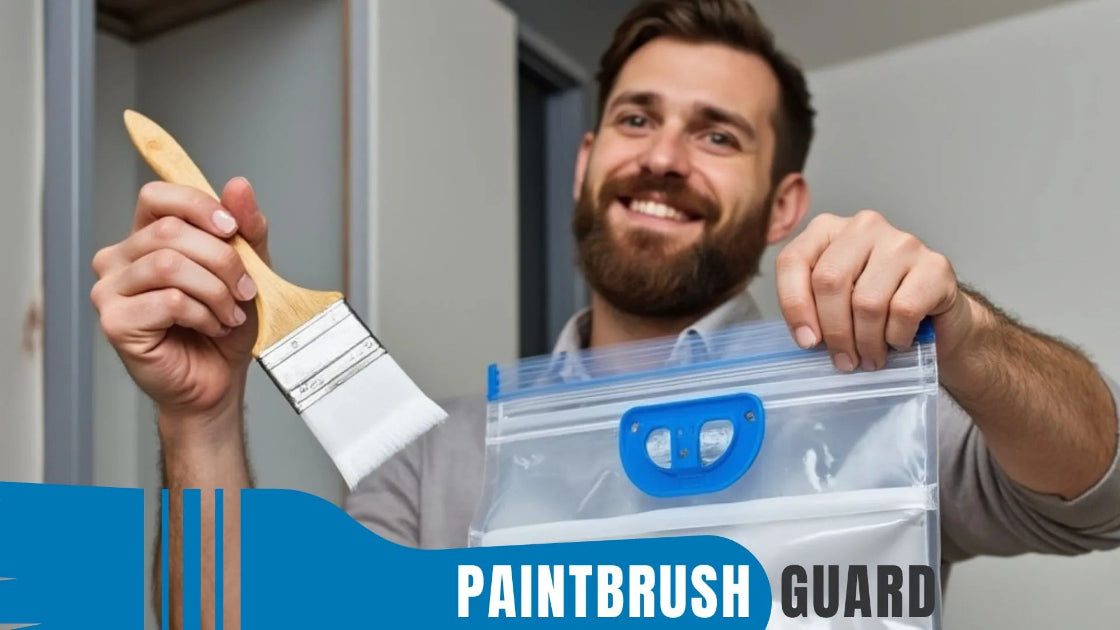
How to Paint Over Wallpaper or Textured Walls: Step-by-Step Guide for DIY Painters
|
Time to read 6 min
|
Time to read 6 min
Painting over wallpaper or textured walls is a smart, time-saving alternative to removal, especially when stripping could damage your drywall or take days of elbow grease.
In this guide, we'll cover everything from prep to finish, helping you achieve a fresh look that's durable and professional. Let's dive in and make your walls shine!
Painting interior walls? Our 10-step beginner guide with product recommendations ensures a flawless, professional finish for any room.
Before you grab your roller, it is crucial to know what you are dealing with. Wallpapers come in various types, including vinyl, which is slick and durable and often found in kitchens or bathrooms, as well as paper-backed, which is more absorbent and prone to tearing, and fabric-backed, which can be tricky to paint over due to potential peeling.
Vinyl holds up well under paint but needs scuffing for adhesion, while paper-backed might absorb moisture unevenly.
As for textured walls, common styles include knockdown, which features flattened splatters for a subtle stucco look, and orange peel, which is bumpy like citrus skin and great for hiding imperfections.
Painting over wallpaper has its pros, such as being quicker and cheaper than removal, and it is ideal if the paper is securely adhered and covers unfinished drywall.
However, the cons include the possibility that seams might show through, and future removal could become harder.
For textured walls, painting enhances dimension without flattening the surface, the pros include flaw concealment and added character, but the cons involve uneven coverage if not done right. You should always test a small area first. If the wallpaper peels easily or the texture is crumbling, removal might be better to avoid bubbles or cracks later.
Gathering the right gear is half the battle, and trust me, skimping here leads to frustration. For both wallpaper and textured walls, you should start with these essentials.
You can budget around $50-100 for a standard room, depending on its size. As a pro tip, choose primers formulated for porous or textured surfaces to ensure even adhesion.
Are you ready to roll? Follow these numbered steps for a seamless transformation. I have done this on vintage homes where removal would have been a nightmare.
Brush the edges first, then roll on a thin coat. Ventilate the area well, and let it dry according to the instructions, which is usually 1-2 hours.
Textured walls demand patience but reward you with depth. I have painted orange peel textures in living rooms, and here is how to do it.
Discover how house paint colors influence mood & get expert tips on choosing the best colors for every room to create a vibrant, harmonious home environment.
I have seen these issues trip up even professionals, so do not repeat them.
For that wow factor, layer on these hacks. Use matte paints to minimize sheen on imperfections. Allow 24-48 hours of drying between coats, as textured walls hold more paint.
Safety comes first, so wear masks for dust and primer. If the walls are multi-layered or severely damaged, call a professional to avoid costly fixes.
No, it is a recipe for peeling. You should always use an oil-based primer to seal the surface.
An oil-based or shellac-based primer provides the best adhesion and moisture barrier.
Clean the walls, repair any damage, and prime them with thick-nap tools.
Common errors include skipping prep or using water-based products.
With quality materials and proper prep, the paint can last 5-10 years.
There you have it, a complete roadmap to painting over wallpaper or textured walls that saves time and money while delivering stunning results. With the right prep and tools, your DIY project will look pro-level.
Remember, patience pays off for that flawless finish. Share your painting projects in the comments, I'd love to hear your tips or before-after stories!

Learn about eco-friendly painting, tips and tutorials on house interior and exterior surfaces, so you can get started with your project without any surprices during or after your painting.

Learn how interior house paint colors influence mood with expert tips on room preference so you can pick the best colors for a harmonious home environment.
We focus on the most popular shades for each interior colors, so you don't miss no matter what color you pick.

Learn how this innovative tool allows you to store paintbrushes without the need for immediate cleaning, offering significant advantages in time savings, water conservation, reduced chemical pollution, and lower costs for supplies.



